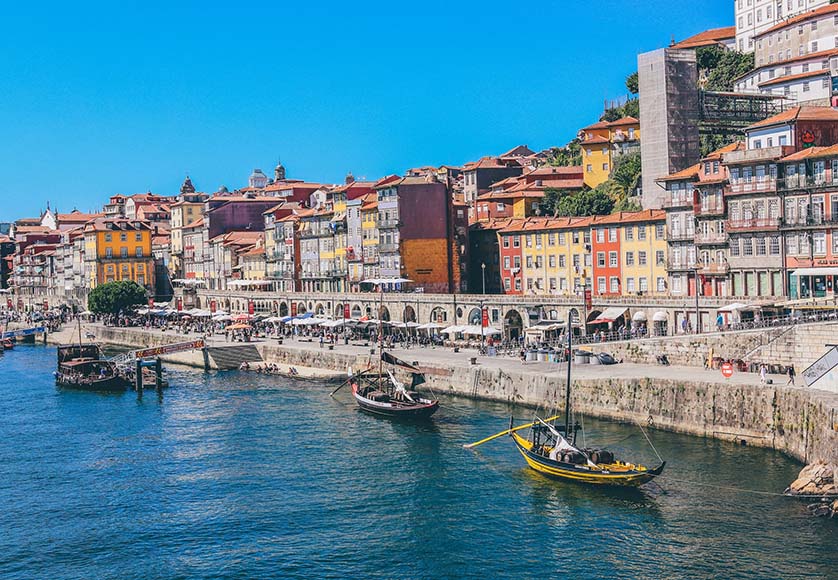Portuguese city has highest growth of cocaine detected in municipal wastewaters
Porto is the Portuguese city with the highest growth of cocaine detected in wastewater, according to a report released analysing 88 European cities, more than half (50) of which show an identical trend.
The fourth edition of “Wastewater analysis and Drugs – A European multi-city study”, published by the European group SCORE, in collaboration with the European Monitoring Centre for Drugs and Drug Addiction (EMCDDA), carried out in 24 countries (23 from the European Union + Turkey), covering 88 cities, including Lisbon, Porto and Almada, detected in analyses of Wastewater Treatment Plants (WWTP) a higher consumption of cocaine, an “increasing trend” since 2016.
The wastewater produced by an estimated 55.6 million people was analysed between March and May 2023 to detect traces of five illicit stimulant drugs (cocaine, amphetamines, methamphetamines, MDMA/ ecstasy and ketamine), as well as cannabis.
Based on the document to which Lusa has had access, EMCDDA scientific analyst João Pedro Matias explains that increases in cocaine consumption were detected in relation to 2022 (from 265.9 to 512.5 mg/1,000 people/day) – a similar trend at global level in around two thirds of the analyses.
According to Matias, the results now available point to a continuous increase in detections of this drug in the wastewater of the cities analysed, a trend that has been observed since the beginning of this type of study in 2011.
Unlike 2022, the situation with methamphetamines seems to have stabilised, since after an increase that year, the 2023 data shows a decrease in consumption, with no traces of the substance recorded in Porto or Almada.
Porto also showed a slight increase in MDMA/Ecstasy consumption (from 16.6 to 18.6 mg/1000 people/day), while Lisbon (from 121.8 to 33.1 mg/1000 people/day) and Almada (from 23.6 to 13.2 mg/1000 people/day) showed a decrease when compared to 2022.
However, Matias warns that despite the decrease, Lisbon’s MDMA/ecstasy consumption remains similar to European cities with the highest amounts of MDMA detected in wastewater analyses.
With regard to cannabis – the most widely consumed drug in the European Union – the three Portuguese cities observed had very similar results, but with divergent trends compared to the previous year, with an increase in consumption in Porto (from 64.1 to 98.3 mg/1000 people/day) and decreases in Lisbon (from 129.9 to 113.2 mg/1000 people/day) and Almada (from 134 to 102.6 mg/1000 people/day).
With regard to amphetamines, all three Portuguese cities do not show significant figures, concludes João Pedro Matias.
EMCDDA’s director, Alexis Goosdeel, stresses in the document’s summary that “wastewater analysis now provides an increasingly broad view of the dynamics of drug use and availability and is a powerful tool for increasing preparedness in the face of evolving challenges”.
LUSA


























